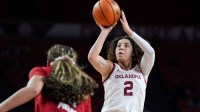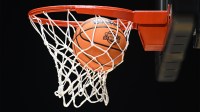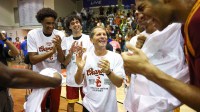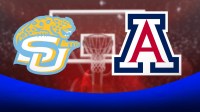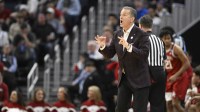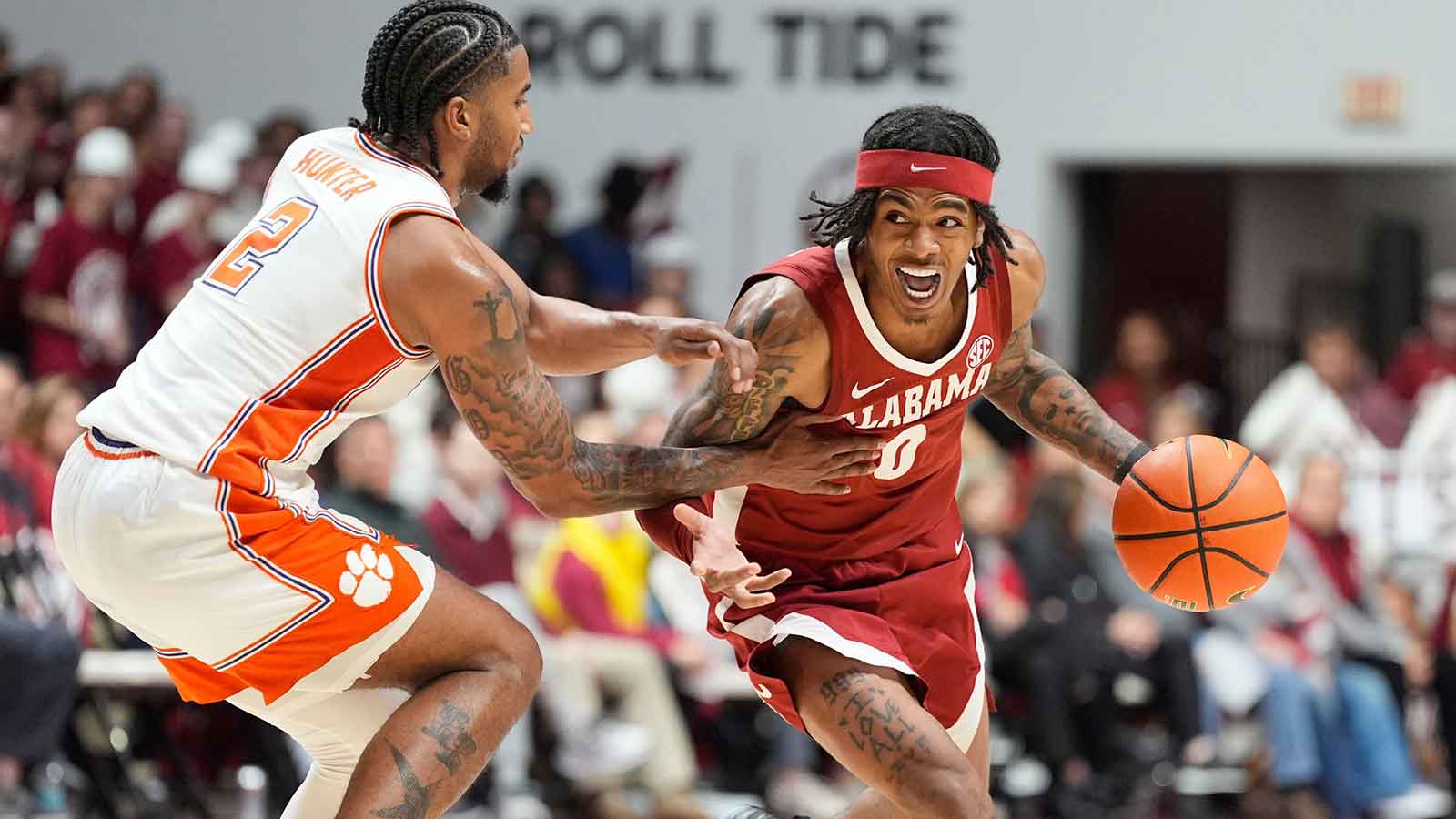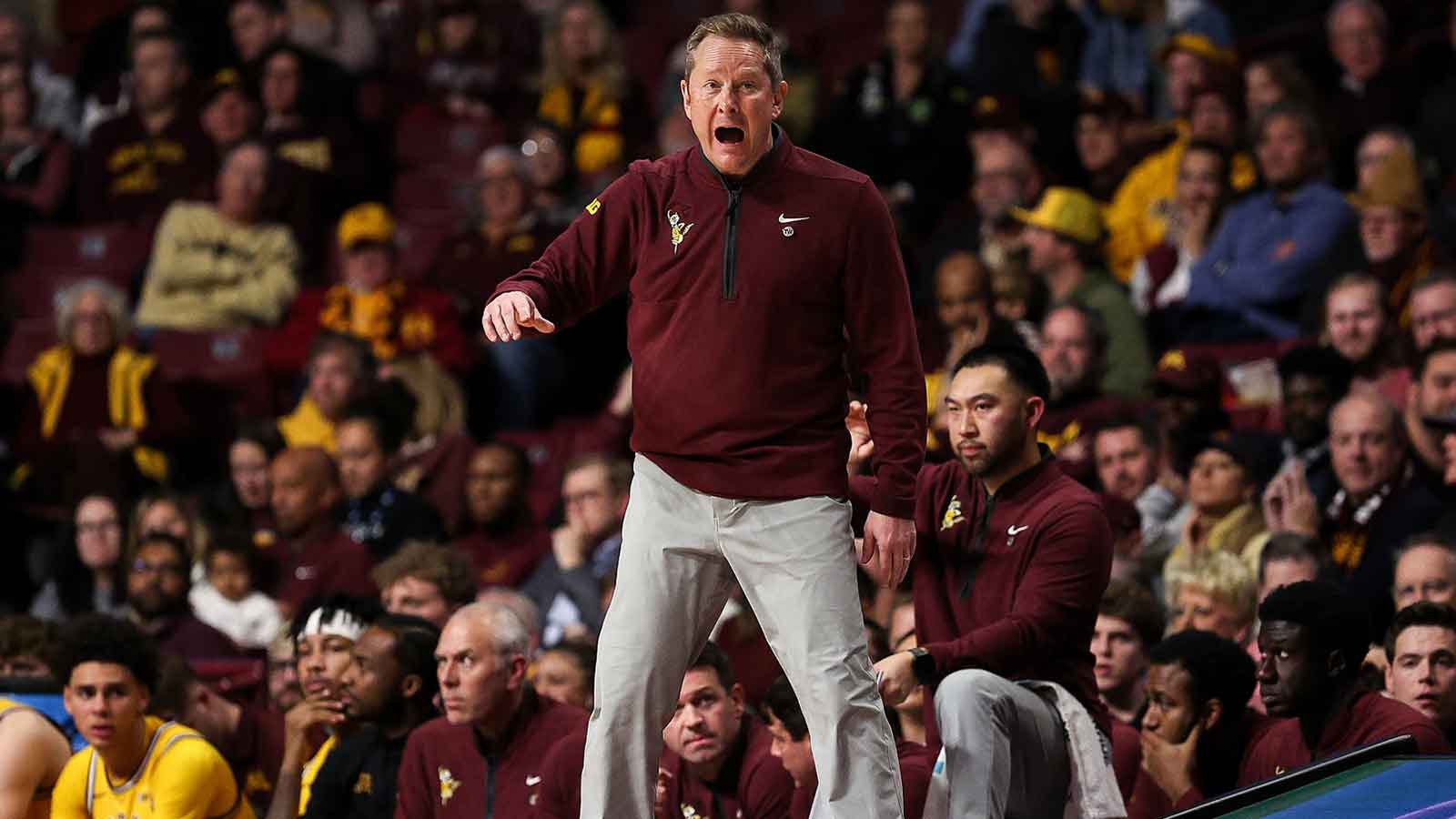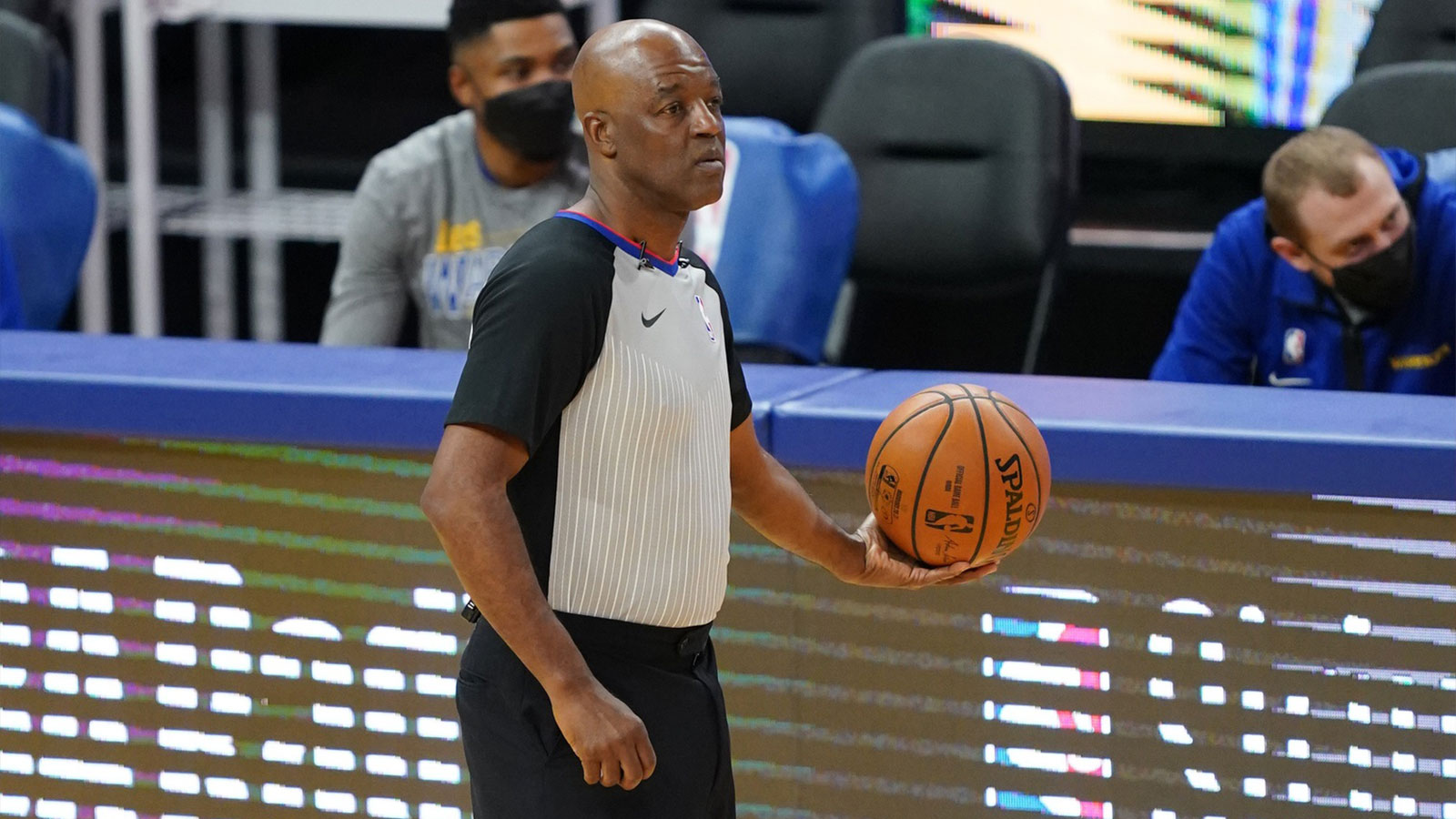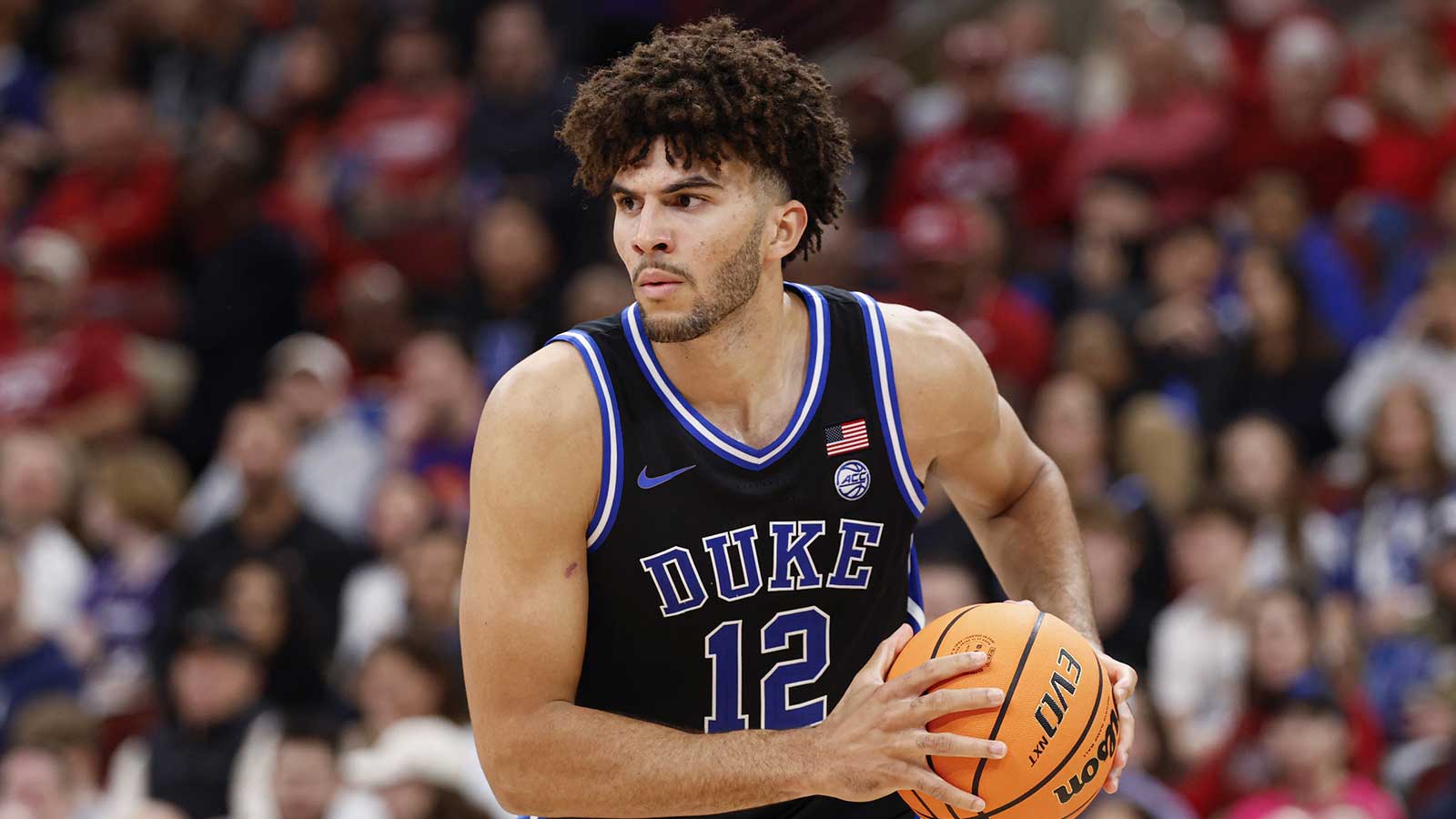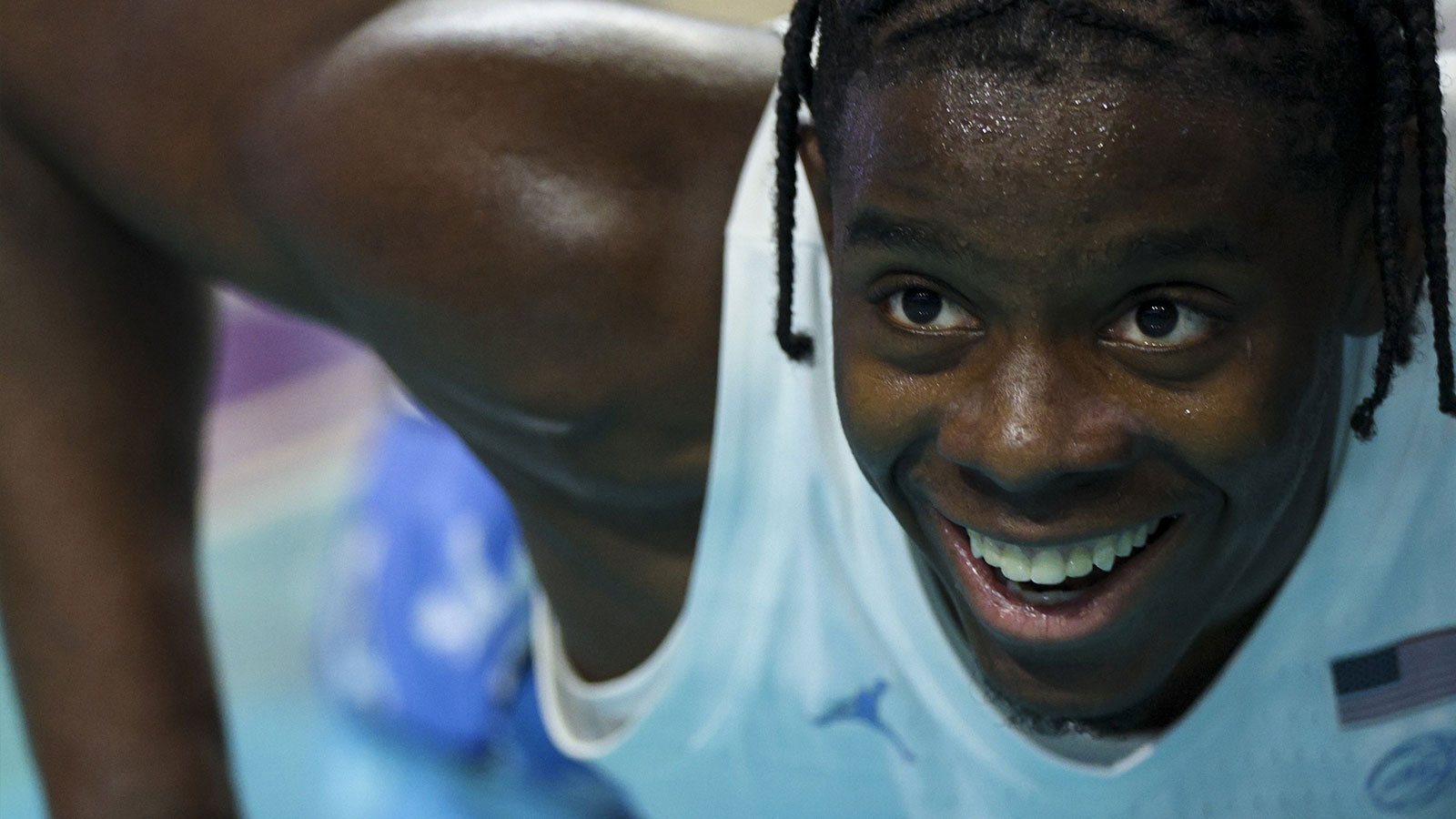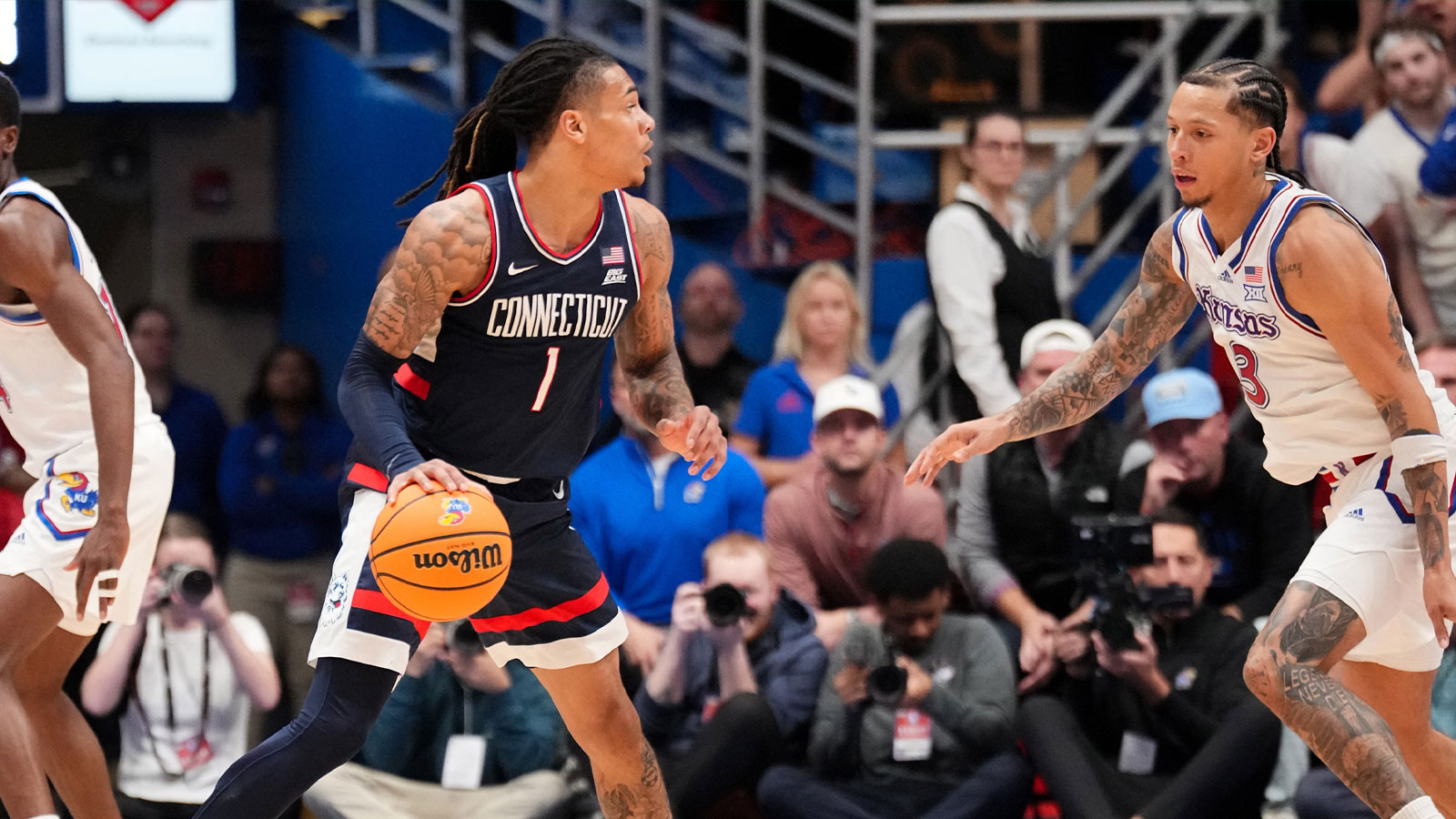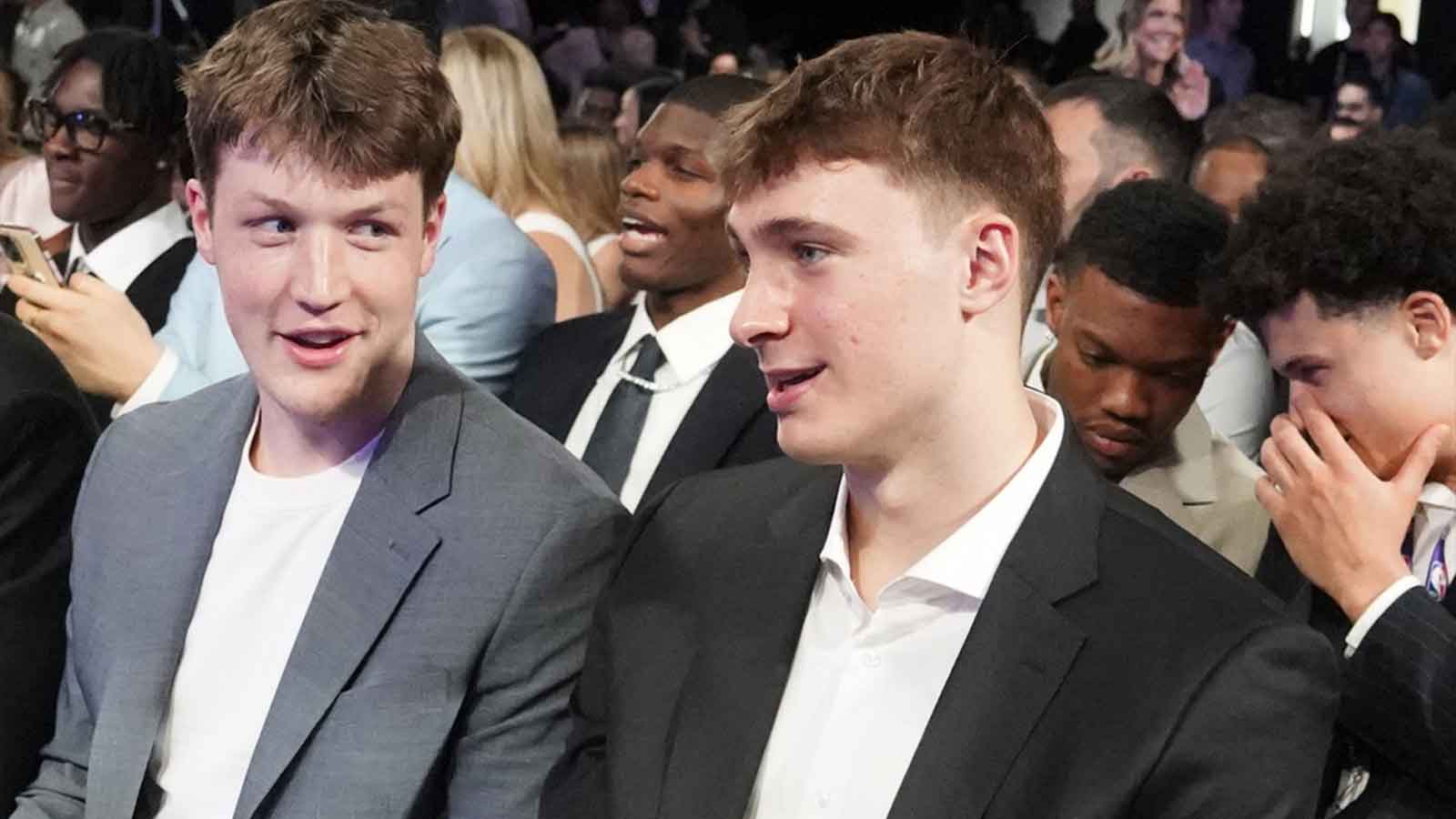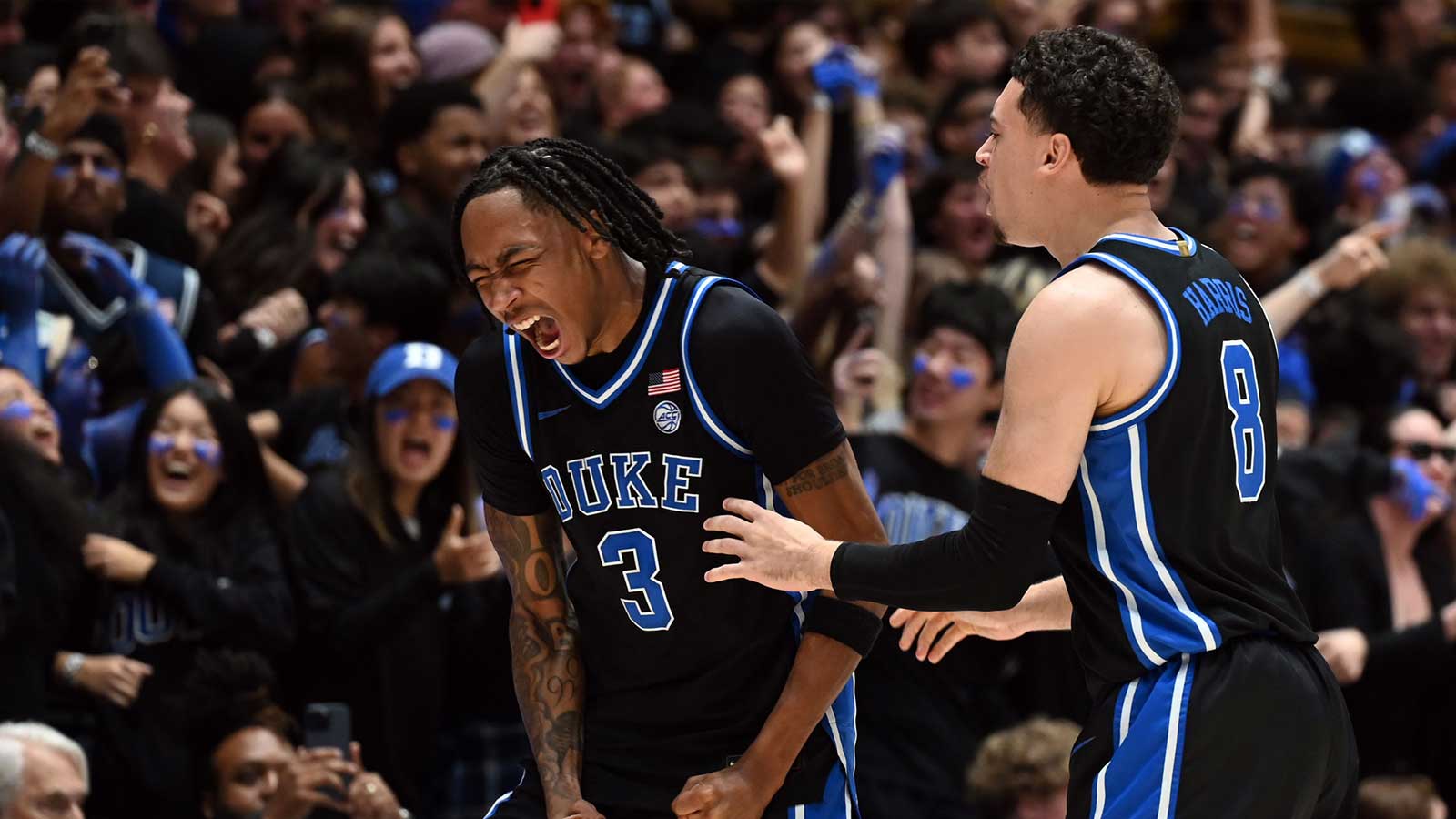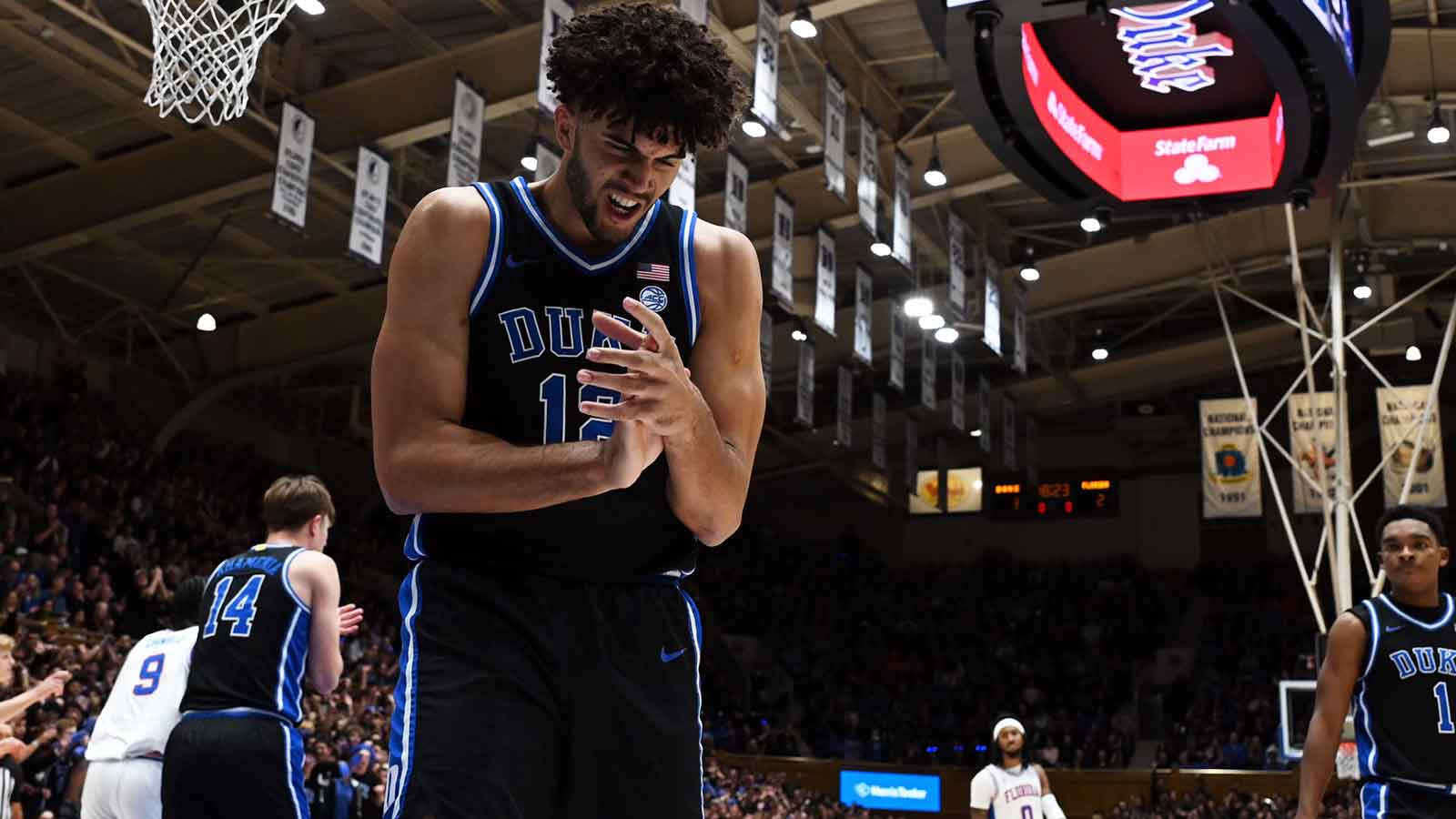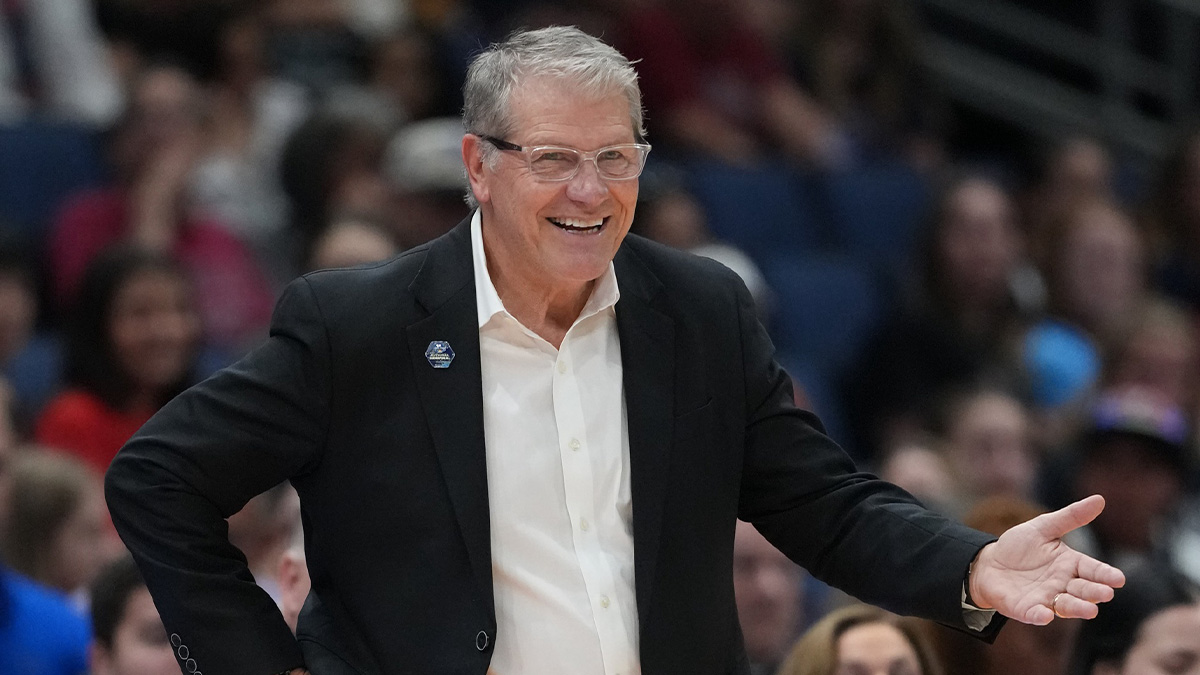In the wake of Wake Forest's significant 83-79 victory over No. 8 Duke, an incident involving Duke star Kyle Filipowski has sparked a complex debate, flipping the script on traditional concerns about fan behavior during court stormings. While initial reactions focused on the potential hazards these celebrations pose to athletes, emerging video evidence and social media commentary have shifted the narrative, suggesting that Filipowski himself may have initiated the contact leading to his injury.
The video, which gained traction after post-game remarks from both teams' coaches advocating for a reevaluation of court-storming practices, appears to show Filipowski extending his leg and arms towards a fan amidst the chaotic celebration. This moment of interaction, captured and dissected across platforms like X, has led to a flurry of opinions questioning the sequence of events that resulted in Filipowski's sprained ankle.
ESPN just showed a new angle of the court-storming at Wake Forest where Duke's Kyle Filipowski was injured. Can clearly see where he hurts his knee as a fan taunts him while racing to midcourt. Unbelievable. pic.twitter.com/ABAsKC2kTI
— Kyle Boone (@kyletheboone) February 24, 2024
Notably, comments from users on social media platforms challenge the initial perception that Filipowski was an innocent bystander caught in an unfortunate accident. Accounts such as Fifth Quarter Kentucky: “Kinda looks like he stuck his arms out and imitated a majority of this contact, no?”, @cbottroff “You can see he stuck his right leg out and tripped the student. He initiated it and pushed him.”, @BallKnowerAWL “Bro initiated contact. A textbook Duke play [crying face emoji]”, @DRock_870 “You mean where he attempted to push someone and made the initial contact himself? You’re right unbelievable” and others offer interpretations of the footage that paint a picture of Filipowski as an active participant in the moment of contact. This perspective has ignited discussions about the responsibilities athletes bear in maintaining their safety and composure in high-tension environments.
This reinterpretation of events casts a shadow on the immediate aftermath of the game, where Duke basketball coach Jon Scheyer – per ESPN – voiced concerns over player safety in relation to court stormings, questioning when actions would be taken to prevent such occurrences. His comments, made before the video came to light, highlighted a broader issue within college sports regarding the balance between tradition and safety. Wake Forest's coach Steve Forbes also expressed his unease with court stormings, emphasizing the lack of security these situations present.
However, the narrative shift brought about by the video complicates the discourse. It introduces a nuanced layer to the debate, suggesting that player-fan interactions during these chaotic celebrations are not solely the responsibility of the fans. The notion that Kyle Filipowski may have played a role in the incident challenges the binary of player victimhood and fan recklessness that often dominates discussions on court stormings.
The incident and its fallout, illuminated by social media scrutiny, serve as a modern parable of sorts, highlighting how quickly public perception can be swayed by new evidence and how complex the dynamics of athlete and fan interactions can be. It underscores the need for a comprehensive approach to ensuring safety during post-game celebrations, one that accounts for the actions of all parties involved.
Moreover, the debate opens up broader questions about the culture of sportsmanship and the expectations placed on athletes in high-stress moments. As college basketball and other sports continue to navigate the fine line between preserving traditions and ensuring the well-being of players and fans alike, incidents like these offer critical lessons on the unpredictability of human behavior and the importance of fostering environments where safety and respect are paramount.
As the sports community reflects on this incident, the discussions it has sparked may prompt a reevaluation of policies surrounding court stormings, with a newfound focus on mutual respect and accountability. In the end, the Kyle Filipowski incident not only changes the conversation around a long-standing practice but also invites a deeper reflection on the shared responsibility to protect the integrity and safety of the game.



